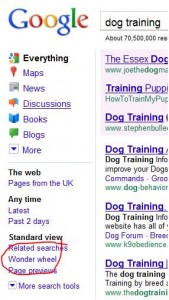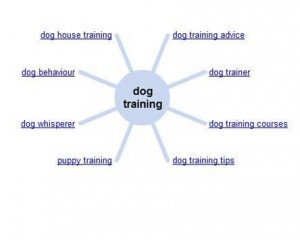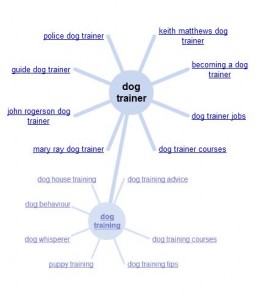If you follow this blog regularly you’ll know I’m a huge fan of blogging as a way of boosting your online presence. As a copywriter I’ve been using this method for several years now and it works.
Through the power of blogging you have the potential of driving a huge amount of traffic to your main sales site as part of your search engine optimisation strategy.
In an earlier post I looked at how to give your blogs eternal life, well now I want to expand on that theme by talking about how you can optimise each of your blog posts.
Below are 5 tips to help you get the most out of your blog posts through optimisation.
1. Quality content
There is no getting away from the fact that people only want to read well written, informative blog posts.
You must therefore create posts that are easy to read, interesting and informative. If there is value in your content your readers will share it with others. Not only that, it will also attract those all important back links.
2. Keywords
Because you are writing for an online audience you must take care to work out which keywords your post should be targeting. Once you’ve written your post, read it and think about what terms would your reader use to search for it. The primary keywords tend to be quite obvious, but other terms are not so clear-cut.
There are various tools you can use to identify your keywords such as Google’s keyword tool. But there are also a few other tools you can use that will help you identify terms associate with your primary keyword. One is the Google Tilde search. But there is also another more visual tool you can use.
Let me introduce you to the Google Wheel. When you’ve entered your search term into the Google search box, if you look to the left of your screen you’ll see Wonder Wheel.

If you click on this it will produce a wheel diagram with your main search term in the centre (in this case ‘dog training’) with associated terms around it:

You can then click on any other outer terms to receive further results:

3. META Titles and descriptions
This is one aspect that is often forgotten. The META title and description are there to tell both the reader and search engine spiders what your posts is about. If you use the WordPress.com platform for your blog you can use the All in one SEO Pack to specify these fields.
When writing your titles and descriptions make sure your keywords are near the beginning. There is also a character limit for each (Titles – 72, Description – 165) so you’ll have to carefully plan your words.
4. Links
Both internal and external links are important when writing your posts. As you can see, I’ve used a mixture of both.
Your internal links (utilising related keywords) link out to other posts, while external links take the reader to other related websites. In both cases make sure you use keyword rich links rather than something like ‘click here’ which has no value.
Your external links can also be used to encourage inbound links from other websites as ‘trackbacks’ inform that web owner you have linked to them. Therefore they may in turn link to your posts.
5. URL
The last item on my list is your URL. This I the web address used to link to your post. Make sure you use your keywords within this as it will instantly show the relevance of your post.
Make sure it is meaningful.
By utilising each of these techniques and tools, you will produce meaningful, interesting blog posts that will be found through the search engines. Not only that, but by ensuring you create quality content you will attract links and build your reputation as an expert in your field.
Blogging is an excellent way of getting your voice heard.






0 comments ↓
There are no comments yet...Kick things off by filling out the form below.
Leave a Comment